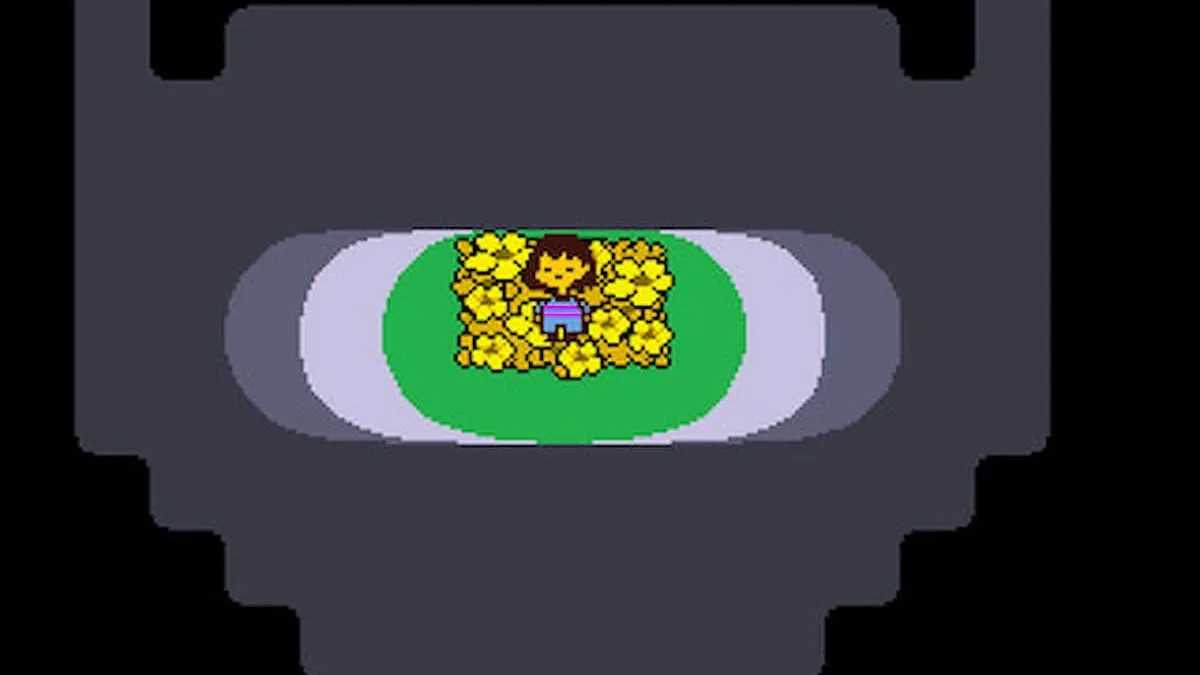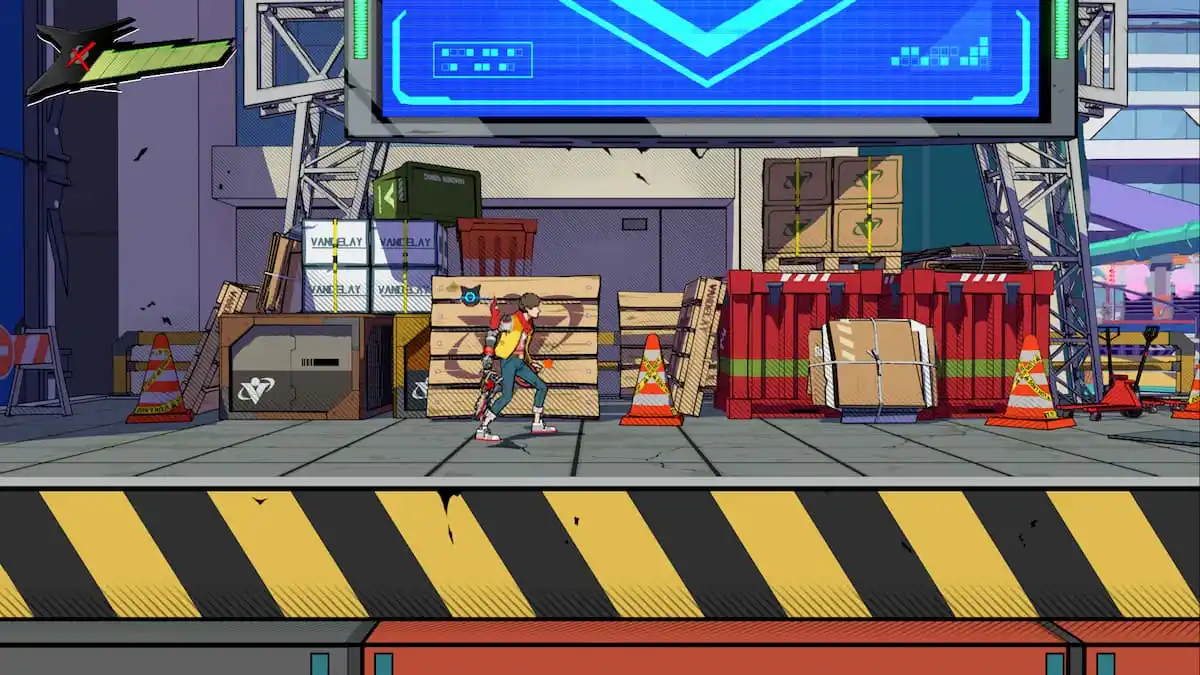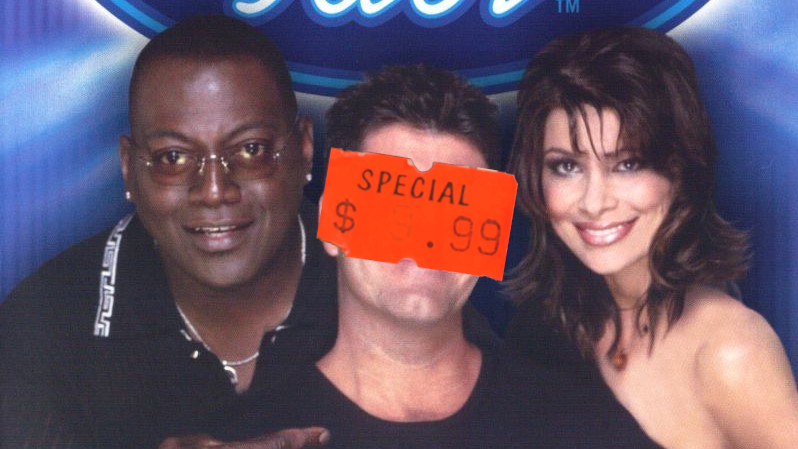OR
Synæsthetic Cubism: The Informatics Acid Trip
There’s music in my head that I want to make…
…It just happens to sound like video games.
-Alexander Kiefer / m0demphreak,
philosopher-artist
Much has been said already about the scene building around Chiptunes, or 8 bit music, as it is also known. A share of the commentary has been outright dismissals of music that, allegedly “tries to sound like video games.” If that was a goal, let alone the ultimate goal of this music movement, it certainly wouldn’t be half as interesting as it actually is. While some key figures like Jeroen Tel and Neil Voss are already well known video game composers, the varied musical backgrounds (and countries of origin) of the people involved don’t give you any standpoint to really prejudge what you would hear and see at an event like the first annual Blip Festival that came to a close just two weeks ago.
On that brisk, sunny Sunday, with winter finally coming around, when only two days earlier it had hit the high sixties in December, in New York City, I have to admit that my worldview was fundamentally changed. It wasn’t just how obvious it is that Global warming exists — you know, something that should be more alarming, but also oddly pleasant when you know it‘s supposed to be a steady thirty degrees out — but that from the departure point of video games, a whole world of possibilities seemed to open up, apparent in the people this scene is attracting.
(Hit the jump for the full Feature, Videos at the end)
Hopping the train to The Tank on Nassau Street held loads of anticipatory excitement for the last night of the festival, which I’d missed so far, including Nullsleep’s performance (NSFW b/c language). A friend from university, Nullsleep, organized this whole thing along with Bit Shifter under the 8bitpeoples banner, and Mike Rosenthal from The Tank. There were many faces I’d seen before, people I had never talked to, but who had been around here and there at past shows both sparsely attended and larger ones like the Bodenstandig show at Deitch Projects, or Nullsleep + Bit Shifter at the PaceWildenstein. By contrast the anonymity disappeared that night, and an inspiring camaraderie was exposed underneath.
MAKE magazine had a booth set up, with senior editor Phillip Torrone running it himself, and some do-it-yourself kits on display like the homemade mp3 player, the miniPOV3, and video game console; the merch table was a wonderful array of pixelated eye and ear candy, at least 30 albums representing artists from the entire festival. I found Bit Shifter quickly, but where was Nullsleep? Not looking to interrupt the conversation that was going on, I scoured the merch (Thinking, “I’ll end up buying that, that, that…”), and the guy talking to Bit Shifter addressed me, instead.
“Hey, Ian.”
“Holy shit, dude, I didn’t recognize you.”
With a haircut and a switch to contacts, both recent outward changes, Nullsleep looked only slightly different at second glance, but this glow about him and the way he talked about the festival’s progress was coming from something profoundly different – I know Nullsleep…and this seems to be Nullsleep Prime. That altering effect is quite infectious, just like the beeps, blips, chirps, and squeaks that attracted me to this music in the first place, and it led me to a better understanding about the convergence of so many thoughts on video games, art, music, and the cultural zeitgeist (wiki definition). There’s something really special going on in this music scene, and as cheesy as it sounds, Jeroen Tel and I agreed later in the night that “this,” whatever “this” is, feels like a Moment.
Stripped of all contexts, the music being made is an amazing smattering of musical expressions that rival the in-crowd heroes like Kraftwerk, Yellow Magic Orchestra, Brian Eno, Joy Division, Aphex Twin, Squarepusher, etc. That night carried on an epic musical genealogy of music-making that is, in theory, absolutely reproducible, coupled with a full-on multimedia experience (None of it could have happened without the visual contributions by the C-men and Dan Winckler). The limitations of the kinds of sounds you can get on an old chipset really did push each person’s creativity and “style” to the forefront, making you aware of how essential the human element (the brain as interpreter/processor of so much information) is to making computer music. Malcolm McLaren’s reiteration that this is “a new kind of folk music for the digital age” is correct, but more to the point, it’s like these Kraftwerk-spawn reclaimed their technology, got together, and threw a wicked dance party. I went for two acts that I knew best: Portalenz and Jeroen Tel. Anything else was icing. Apparently, after selling more than 500 tickets on Saturday night alone, Sunday door sales were icing for the Blip Festival, too.
Karaoke and authenticity can sit well together, but it takes artistry to make that happen. When it does, the results can be explosive. Like when punk rock reclaimed rock and roll, blowing the doors off the recording industry in the process. (Wired Issue 11.11)
-Malcolm McLaren
Sex Pistols manager/ Businessman / Dilettante
I won’t fault Malcolm McLaren for having no better analogue than Punk for what is happening in the 8bit music scene. Still, to talk about “authenticity,” especially for McLaren, is a complete joke. The Sex Pistols made it OK to merely pose an attitude of rebellion, rather than actually be rebellious. McLaren and Co. sucked out all the substance from Punk, so its implosion was quick and inevitable. All that remained was the look, and those who survived, went on to do better, more interesting things (see: Johnny “Rotten” Lydon and PiL). Part of the problem is Double M’s obsession with his fashion lifeblood, “youth” movements. The trouble with the kind of rebellion that grabs his attention is that people grow out of it (except McLaren, it seems), so there’s a constant search for a new fix every few years of what’s hot and countercultural. As soon as the scene is flooded, he’s made his bills on his geek chic clothes, and eviscerated it of its worthwhile strides, it’ll be strewn into the dust heap of history and Phads.
The difference with the 8 bit scene, and it’s encouraging, is that it isn’t necessarily out to destroy aesthetic conceptions, neither is it built on naive and overt political ideals. In fact, political content is given a tenuous place just like any other empty symbol, exemplified by something like the resounding cheer for an 8 bit portrait of Darth Vader that flashed quickly onto the screen during YMCK’s set, which merely asserted our geekiness. In the same way, these musicians draw from so many styles, a welcome side effect here caused by our immersive culture, such that there is less impetus on one correct way that things should be. By deemphasizing Identity (our totalized, patchwork identities), it allows for varied, freeform expression-in-action. In this case, it’s an almost obsessive-compulsive drive to experiment; perhaps what we can call the scientification of music. Because of this, it reveals a more subversive streak of how these culture and technology hackers approach their art, and I find that really appealing.
The view from outside is vexing, because the features of the culture are so informed by technology that only the geekiest within older generations understand the tools and the implications of the movement. The beauty of the whole endeavour, though, is that someone like McLaren can dabble in the scene without too much repercussion because collectively, the groups working with this music help each other out, spreading both the knowledge, open source software, and other re-appropriations of technologies (including aesthetics) as tools that can be reconfigured and recombined into what I personally believe to be the first substantial, coherent, artistic response to that immersive culture — the totalized experience we share, thanks to our internet world. This is an artistic movement that brings the most contemporary tools together (like open sourcing, Creative Commons licenses, MAKE-culture hacking, and self-made internet entrepreneurship) that should frighten the old-school record labels, and their ever increasingly paranoid protection of their intellectual property. No one’s saying that artists shouldn’t get paid for their music, but the 8 bit music scene has several successful examples of a viable alternative in that you can give away your music for free, and still have people buy your releases in a fair trade. People can choose to be as artistically involved as they want, but they can also make a statement like “supporting by buying,” which is probably why these musicians don’t really think about whether the scene needs to get bigger, or not: the network is getting to the exact people who want to be involved, and anyone else is completely free to choose to do so.
The whole process has taught them a lot, and the desire to keep that information free and open is helping teach others, too. In one example cited in the 8 bit documentary, we hear an anecdote of a school purchasing a stack of Gameboys and sequencer carts (LSDJ or Nanoloop, I don’t recall) to teach kids how to compose. Using such a great bridge between older and younger generations as a way to get musical education back into schools and thriving (in places like the US, after so many budget cuts where the arts are usually the first thing to go) is really refreshing. Call this larger movement Noeticism — a process of learning as much as possible by democratizing all access to knowledge and learning, anti-elite by definition.
I think the best comparisons can be made to Post-Punk and Hip-Hop, more than anything Punk had to offer — less of a destructive lightning flash, and more about ripping things up, and starting again (Thank you, Simon Reynolds). But please, don’t call it Post-anything. “Post” as a prefix is a copout for situations that defy classification as some singularity. Don’t get cutesy and call it Square Wave (Like No/New Wave), either — the music is way better. The term “Chiptunes” sounds adequate enough, and in my book, you can definitely get away with my personal favourite, “Chip-Hop.”
…blip music is inherently so dorky that it’s beyond criticism.
-Joel Johnson
Writer, Wired
Part of it is what Joel Johnson already said on the Wired blogs, particularly how apparent that a room full of people of all ages (not just rebellious youths) can be so devoid of posturing, pretension, and irony of the worst sort. These people certainly aren’t Chipsters. These are the children who experienced the early mainstream internet anarchy, the birth of the open source movement, and for this group, quite importantly, the pervasive experience of growing up on video games. I think that shared experience may actually have developed a new dimension to how we interact with the world, because we have become accustomed to learning the logic of several possible worlds, and inherently believe that each one of us can control that world, that we become fervently curious and experimental in order to figure it all out. When reapplied to the real world, it becomes a powerful thought mechanism that influences all parts of our lives, and maybe, just maybe, as a group, it gets past the entire shallow BS on the surface that’s so divisive, and lets you really appreciate how people get things done. I imagine this maturation in human development like a pixelated square becoming a Rubik’s Cube. It’s reminiscent of a child-like curiosity for discovery, but given the benefit of hindsight, and a wealth of democratized knowledge, it’s not “life by proxy,” but a way to really affect the world, which staunch traditionalists might dismiss at first as not important or serious enough for them, but when it starts to give results, functional results like these musicians have been able to do with their whole process of making music, it will change minds. This departure point of video games is so widespread and familiar that I could really see all of this catching on.
Idleness is the holiday of fools.
-Ancient Chinese Proverb
c/o fortune cookie
I caught the end of the sound check by Portalenz, only to hear the song I became obsessed with over the last few months after seeing the footage from the Fukuoka stop on the INTERNATIONAL CHIPTUNE RESISTANCE WORLD TOUR 2006. They were to perform it later on, making me happy and the crowd roar at USK’s rockstar antics. I bought so many CDs, including the two Portalenz tour CDs, and 8BP050 (bonus disc DL available), the milestone fiftieth 8bitpeoples release, that I tapped my wallet, and had to eventually make a run to the ATM around the block, to buy whichever album was available after each band played that night.
When the show finally started, a small, unassuming crowd waited for the even more unassuming Saitone. His seemingly simple and stumbling loops expand into the room, and fill it with layers of Nobukazu Takemura-like, interlocking melodies and breaks (mp3 link) that managed to get at least a handful of people dancing. By the end, he was doing electronic Satie.
All the Blip Festival videos I didn’t post are on YouTube.
Much love to my 8bitpeoples.
(Update – Corrections: Anamanaguchi uses NES backbeats, not Gameboy; added link to 8BP050; Credited The Tank’s Mike Rosenthal)




